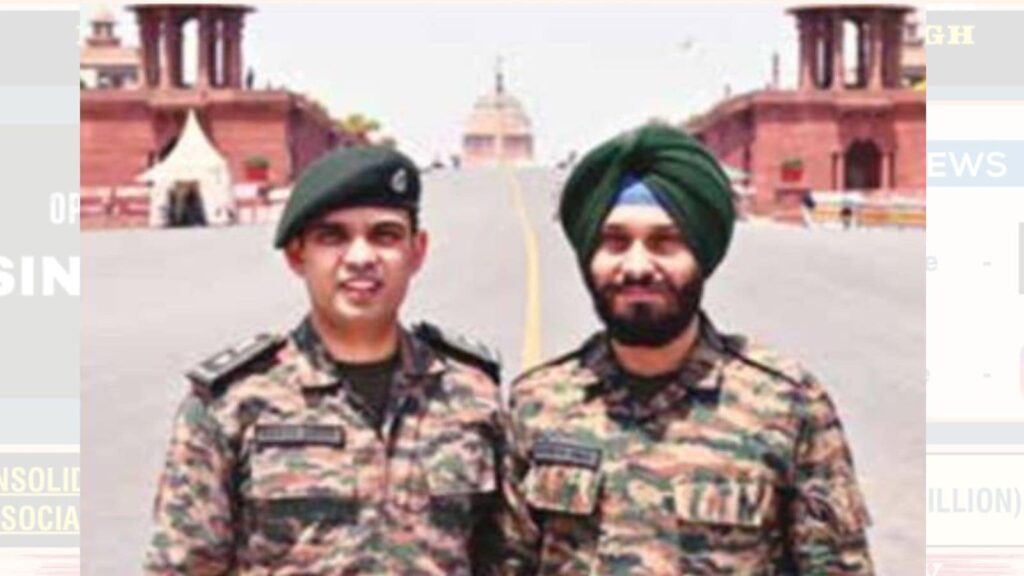In the wake of the Pahalgam terror attack, which claimed 26 civilian lives, India’s military response was as much about sending a message as it was about strategic retaliation. As the Indian Army launched retaliatory precision strikes on Pakistan on May 7 under Operation Sindoor, it also unveiled an emblem of resolve: a logo representing the loss and the fury of justice.
The logo was crafted by Lieutenant Colonel Harsh Gupta and Havaldar Surinder Singh of the Indian Army.
The design features the operation’s name in bold block letters, with one ‘O’ shaped like a bowl of red sindoor (vermillion). The spilled sindoor represents widowed women — Hindus who traditionally wear sindoor as a symbol of marital status — who lost their husbands in the Pahalgam terror attack.
The name Operation Sindoor was approved by Prime Minister Narendra Modi, government sources said, chosen to reflect the emotional aftermath of the Pahalgam massacre, especially for the widows left behind.
Almost all past military operations by India against Pakistan have largely had conventional military names to inspire confidence internally and send a message of strength externally. Sometimes names were chosen to maintain the secrecy of the operation, and, at times, names were even drawn from Indian mythology.
Last week, PM Modi said that the world and enemies of India have now seen what happens when “sindoor turns to gunpowder”, adding that sindoor runs through his veins now.
“Modi ka dimag thanda hai, thanda rehta hai, lekin Modi ka lahu garam hota hai. Aur ab toh Modi ki nason mein lahu nahi, garam sindoor beh raha hai (Now, Mother India’s servant Modi is standing here with his head held high. Modi’s mind is cool, it stays cool, but Modi’s blood runs hot. And now, not blood, but hot vermilion is flowing in Modi’s veins),” he said at a rally in Bikaner.
Operation Sindoor
Story continues below this ad
Nine terror camps in Pakistan and Pakistan-occupied Kashmir were targeted under Operation Sindoor, resulting in the deaths of over 100 terrorists. The operation decimated facilities linked to Jaish-e-Mohammed, Lashkar-e-Taiba, and Hizbul Mujahideen, including key sites in Bahawalpur, Muzaffarabad, Kotli, and Sialkot. Among those killed were close aides and family members of Jaish-e-Mohammed chief Masood Azhar.
© IE Online Media Services Pvt Ltd



